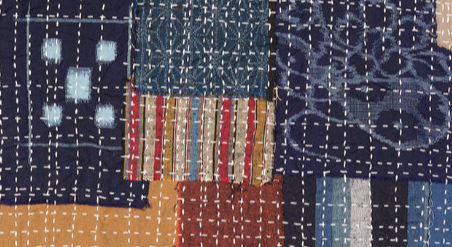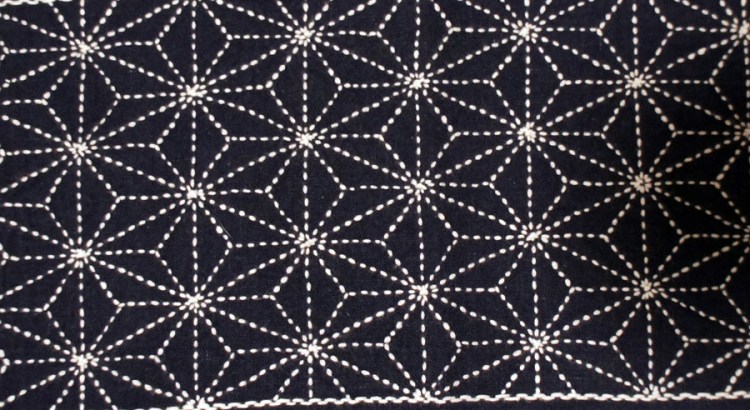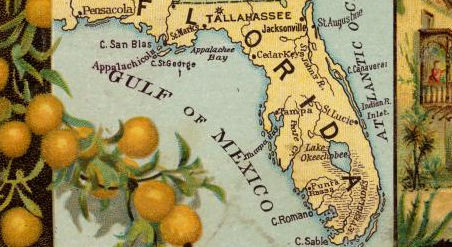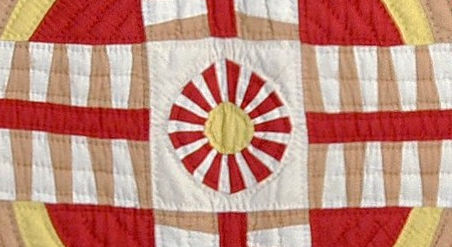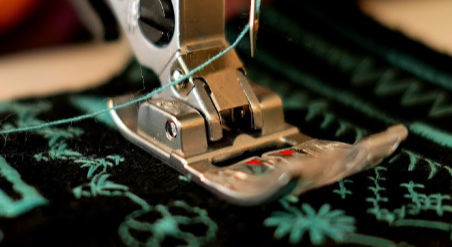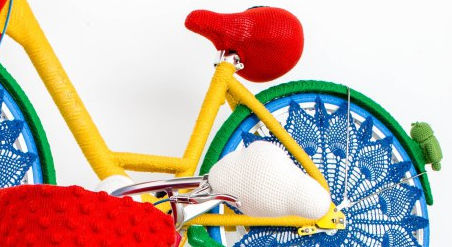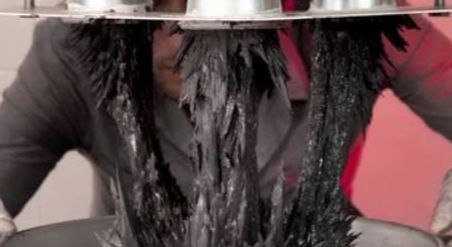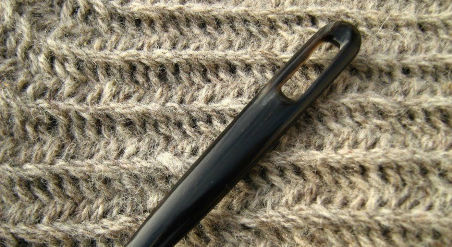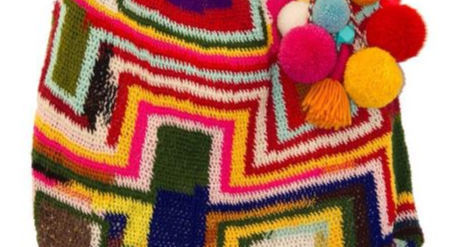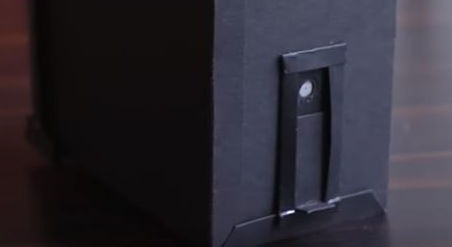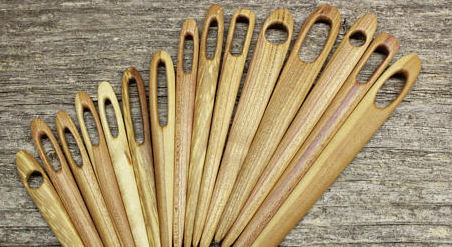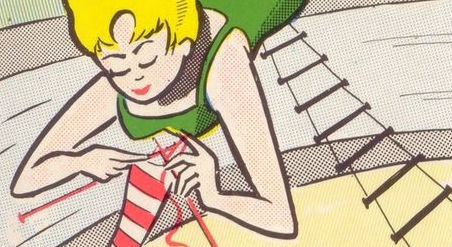Tapestry Weaving
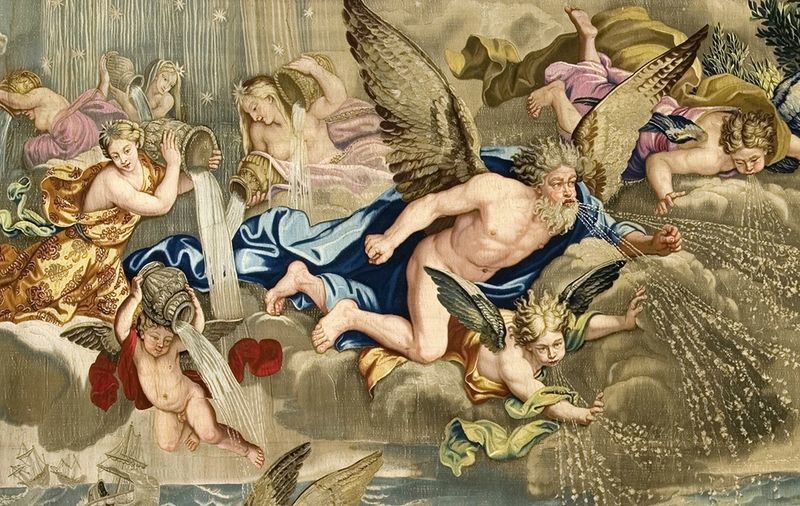
Winter, Cybele Begs for the Sun’s Return (detail), 1692-93, design by Pierre Mignard; woven at the Gobelins Manufactory, Paris; wool, silk, and gilt metal-wrapped thread. Courtesy of and © Le Mobilier National. Photo by Lawrence Perquis
The Getty Museum's video The Art of Making a Tapestry (below) walks us through the various steps of making a tapestry at the Gobelins Manufactory in Paris. Here, tapestries are handcrafted using the same historical techniques as when they were first introduced in the time of Louis XIV.
The Gobelins were a family of dyers who created a variety of 15,000+ tone and hue choices. The color choices available to their weavers allowed them to create subtleties with wool thread that could imitate the shadings of paintings.
It would take up to four years to create a single tapestry that matched the lushness of color canvases from the prominent painters of the day, such as Charles Le Brun, Jean-Baptiste Oudry, Charles-Antoine Coypel, and Francois Boucher.
Contemporary tapestries produced at Gobelins have been based on paintings by Henri Matisse, Pablo Picasso, and Joan Miro.
Tapestries made at Gobelins are in collections at the National Library, the Elysée Palace, the Luxembourg Palace, the Pantheon, Versailles, Palais Garnier, and Musée Nissim de Camondo.



In the video below, you'll get some insight into the preparation needed to make a large scale work, including transferring the drawing onto the loom’s vertical warp threads, choosing a color palette, dyeing the wool, preparing the bobbins, preparing the loom, and weaving.



The video was produced in conjunction with the Getty Center’s exhibit “Woven Gold: Tapestries of Louis XIV.” Click through to the Getty's Woven Gold page to see exhibition photos and tapestry details from the 2016 exhibit.
· Don't miss: How to Make a Soumak Weaving, Craft Museums, and 600 Free Art Books Online.
“The Sun King, Louis XIV of France, who reigned from 1643 to 1715, formed the greatest collection of tapestries in early modern Europe. Extraordinary resources of time, money, and talent were allocated to the creation of these works, which were meticulously woven by hand with wool, silk, and precious metal-wrapped thread, after designs by the most esteemed artists.
As patron, heir, and collector, Louis XIV vastly augmented the prestigious French royal collection of tapestries. Displayed within his palaces while in residence and in outdoor courtyards on feast days, these monumental hangings embodied and proclaimed his magnificence.
The legacy of tapestry weaving as a national endeavor continues in France today, with state commissions from contemporary artists such as Raymond Hains who designed Diptyque/I. With rare loans from the Mobilier National, this major international loan exhibition presents a selection of grand tapestries that evoke the brilliance of the Sun King’s court.” Getty Center
Above are screenshots from the Getty Museum's video The Art of Making a Tapestry, illustrating the artisans working together to create this stunning tapestry.
POPULAR POSTS
Follow a tutorial for making a patchworked bag with Sashiko topstitching. | Follow tutorials for how to create traditional Japanese embroidery stitching. | Explore a library's digitized vintage maps, which you can download for free. | Learn from a museum textile curator how to best care for your quilts. |
Learn to make a basket weave pattern quilt from scraps of fabric. | Sisters Lorna and Jill Watt create amazing yarn bomb installations . | Ceramic artists create fantastical structures using magnetic clay. | Learn about a Viking fabric-making technique which pre-dates knitting. |
Follow a tutorial for making a bilum bag - PNG's traditional fabric. | Learn to make a pinhole camera; develop paper film with common items. | Learn about a stretchy fabric made with connected loops. | Free digitized knitting magazines 1800 - now. |
